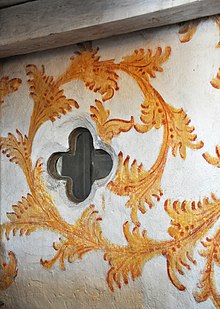A recluse is a person who lives in voluntary seclusion and solitude. The word is from the Latin recludere, which means "shut up" or "sequester". Unlike common hermits, recluses shut themselves up in a cell so that they could not come out.[1]

Examples of recluses are Symeon of Trier, who lived within the great Roman gate Porta Nigra with permission from the Archbishop of Trier, or Theophan the Recluse, a 19th-century Orthodox Christian monk who was later venerated as a saint. Many celebrated figures of human history have spent significant portions of their lives as recluses.
In the Russian Orthodox and Catholic Church tradition, a Poustinik is a temporary hermit who has been called to pray and fast alone in a cabin for at least 24 hours. In ancient Chinese culture, scholars are encouraged to be a public servant in a scrupulous and well-run government but expected to go into reclusion as a yinshi (隐士, 'gentleman-in-hiding') when the government is rife with corruption.[2] Others, like Dongfang Shuo, became hermits to practice Taoism, or in later centuries, Chan Buddhism.
Notable recluses edit
See also edit
Notes edit
- ^ "CATHOLIC ENCYCLOPEDIA: Hermits".
- ^ Analects 8:13 《論語 · 泰伯》:天下有道則見,無道則隱。Show you talents [through public service] in a well-governed world; go into hiding in dark times (in Japanese).
References edit
- This article incorporates text from this source, which is in the public domain. Porter, Noah, ed. (1913). "Recluse". Webster's Dictionary. Springfield, Massachusetts: C. & G. Merriam Co.